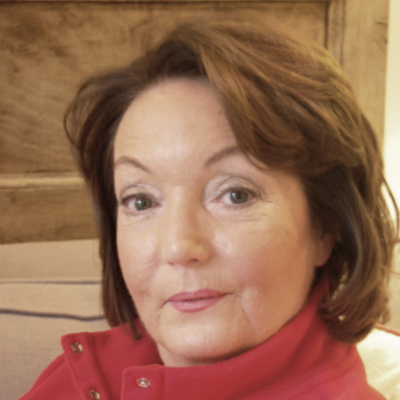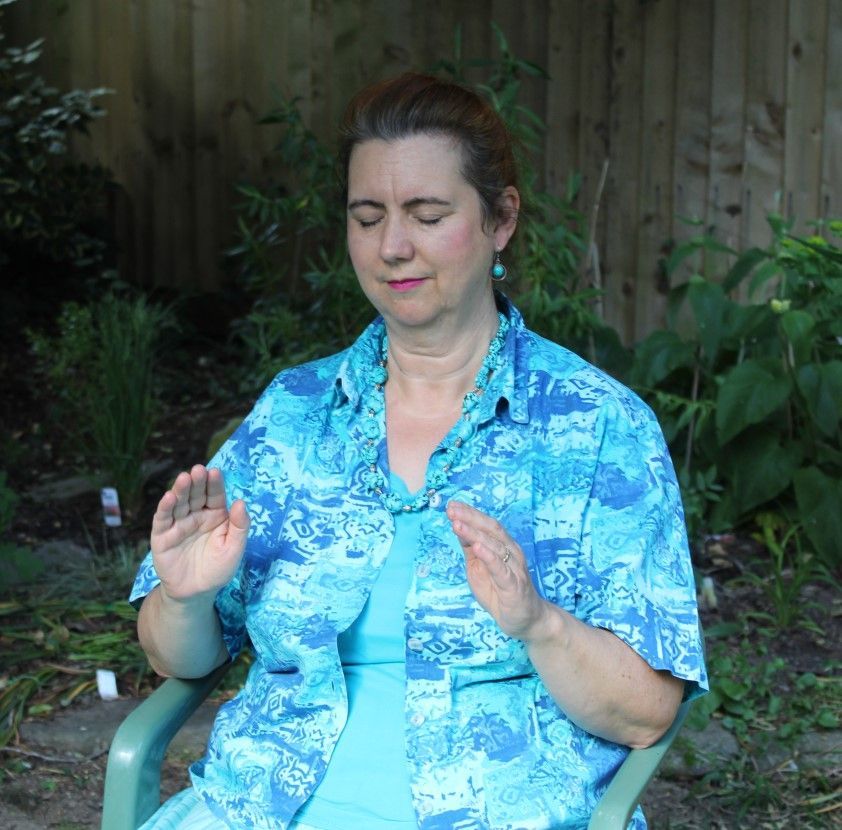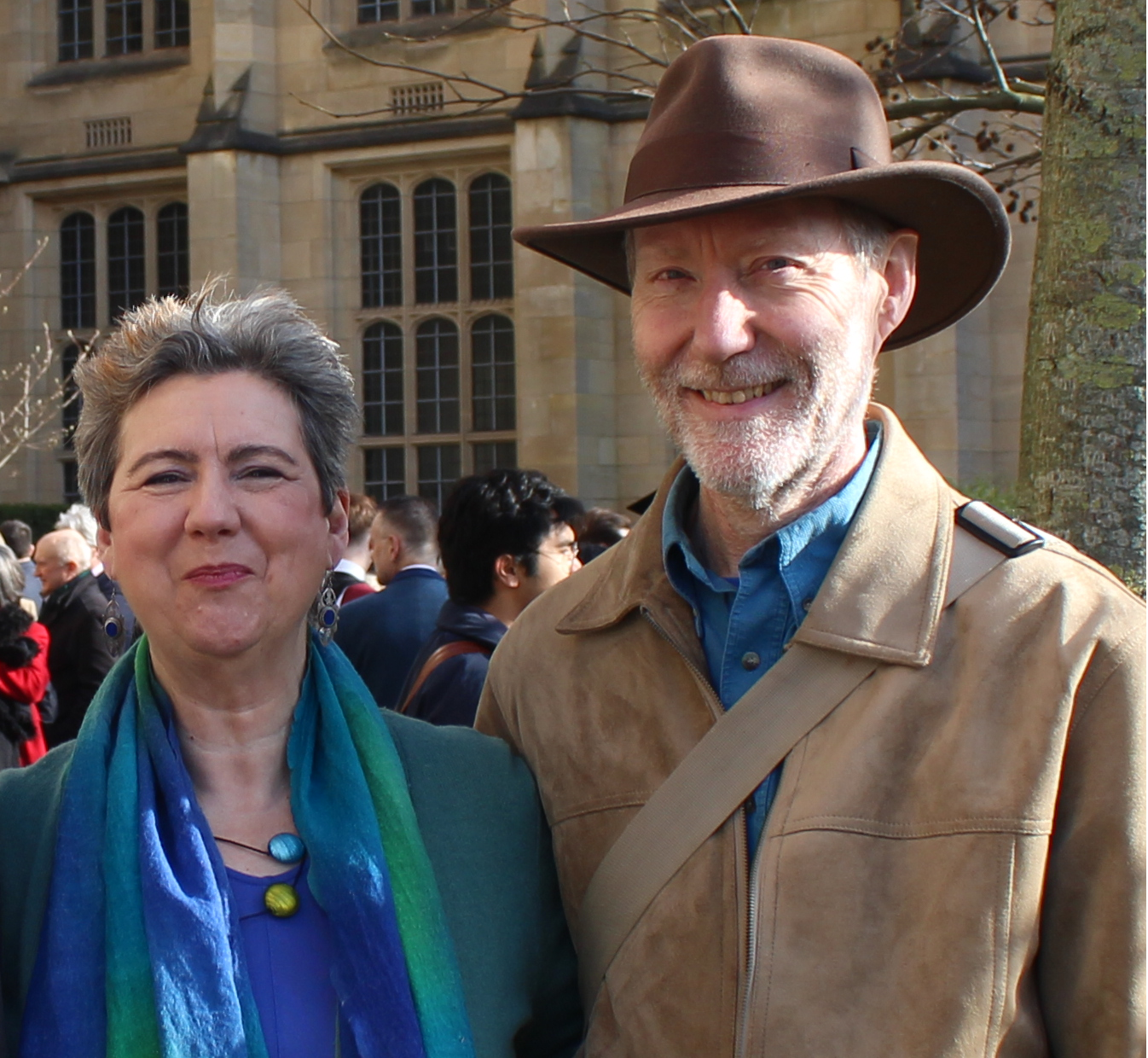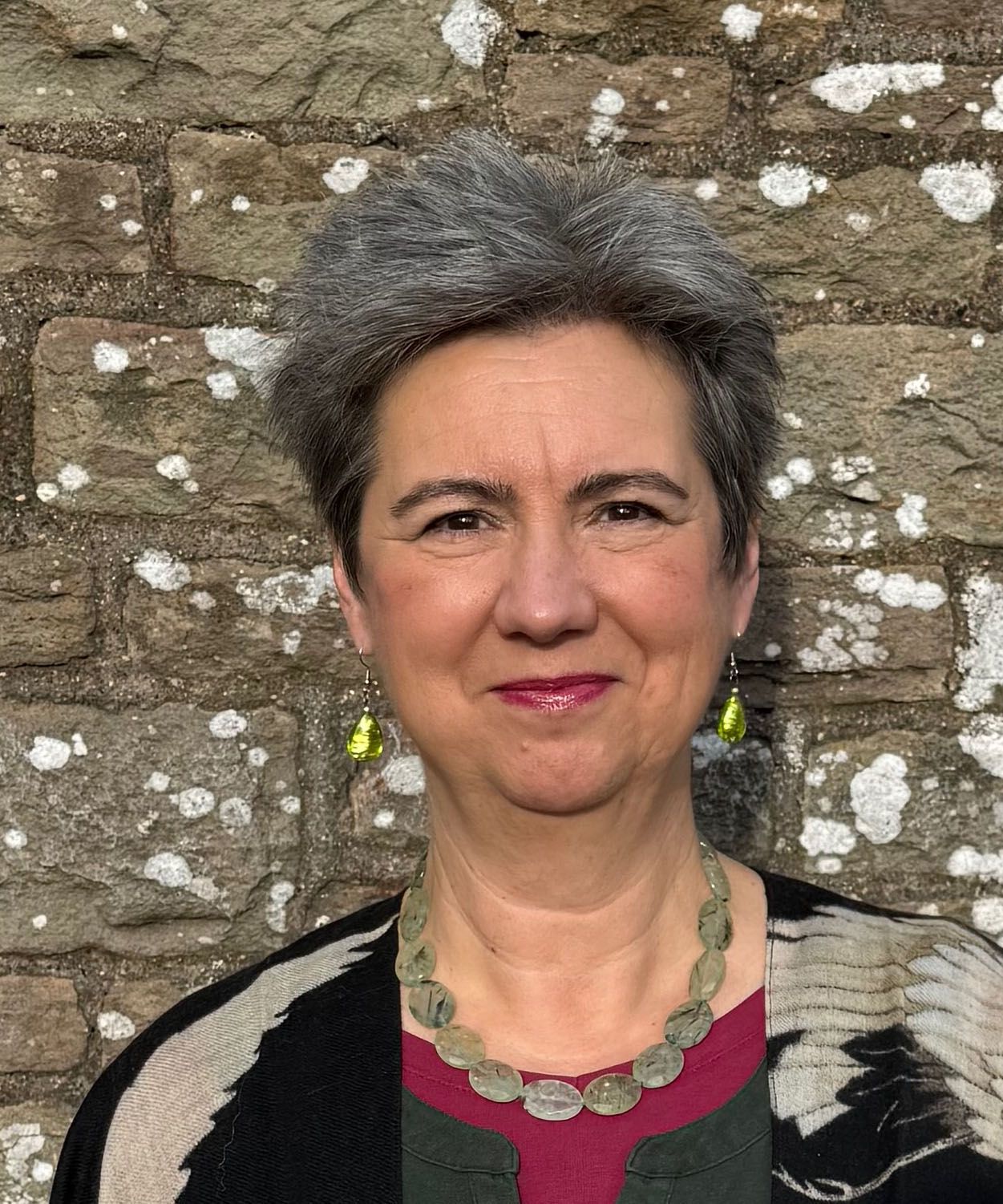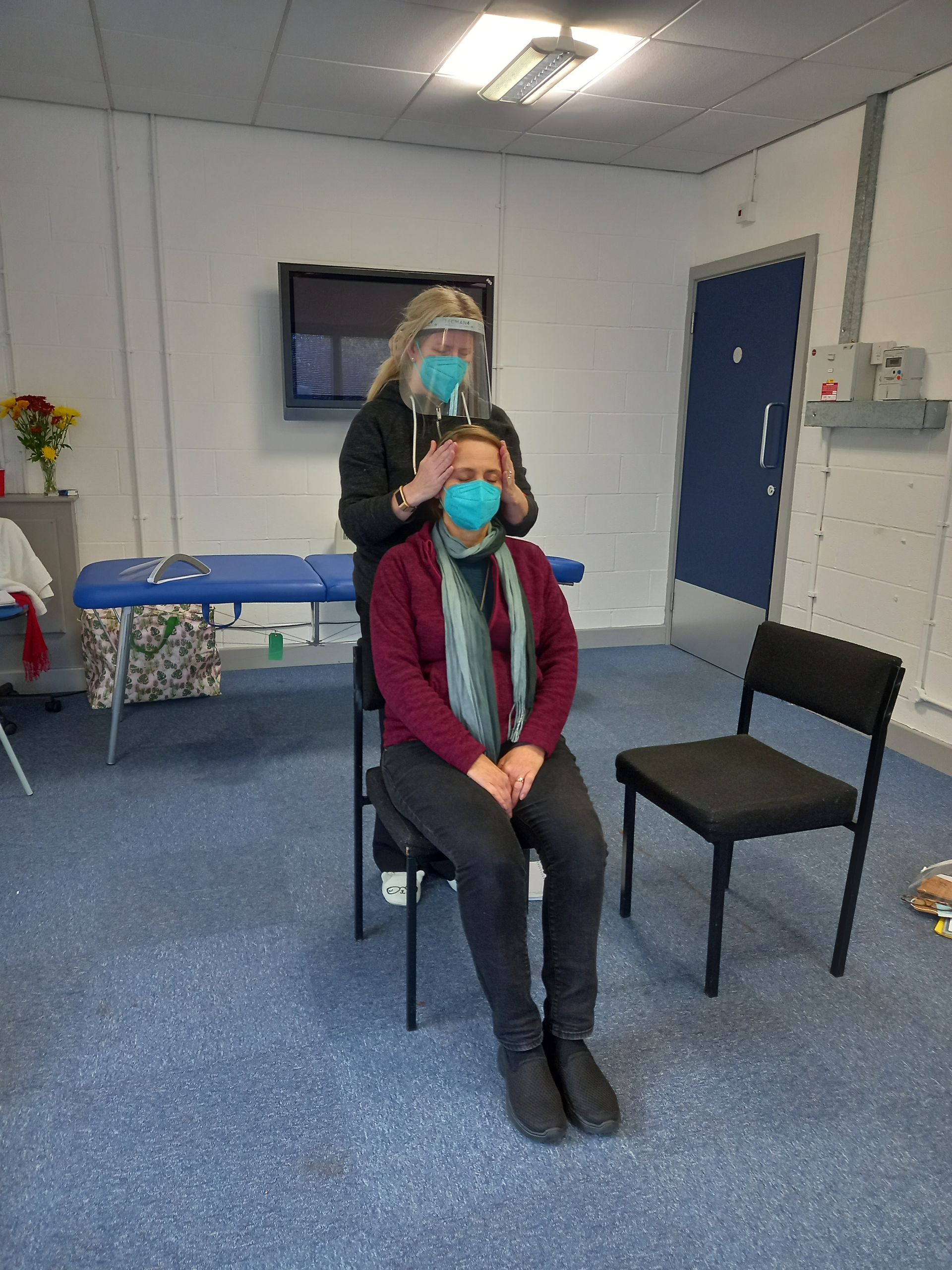Zen, Reiki and the Individual Self
Learning about Japanese culture through teaching from a Zen Buddhist priest led me to thinking about how this relates to our Reiki practice

When I was fortunate enough to visit Japan with Phyllis Furumoto, she arranged for us to visit several Zen temples, to help us understand some of the cultural origins of our Reiki practice. I remember standing with her outside a meditation hall at once such temple and she remarked on the special energy that came from that room, the result of all the many hours of meditation that the monks practiced together there. You may have noticed a similar energy in a room where people practice Reiki together.
Recently I came across a course which caught my attention, taught by Zen priest Rev.Takafumi Kawakam from the Shunkoin Temple in Kyoto. Although I don’t think we visited this particular temple, the buildings and rock garden were like some we did visit. Perhaps Usui visited Shunkoin when he researched the sutras that led him to develop Reiki. Keen to learn more about Zen as it is taught and practiced in Kyoto, I signed up for the course.
I soon learned something interesting: before the Meiji period (1868 onwards), which was when Mikao Usui lived, there was no Japanese word for ‘individual’. This concept simply did not exist in Japanese culture until contact with the West around that time. I learned that a man named Yukichi Fukizawa was translating a book by John Locke. He had difficulty translating the word “individual” because the time there was no directly equivalent word for this: the concept simply did not exist in Japanese life. He looked at the Latin root of the word and came up with a translation that means refers to a person ‘existing in isolation’, so the translation can be interpreted as “a single complete entity without interference from others”. This led to the concept of ‘living your own life, being true to yourself’ being born in Japan. In traditional Japanese culture people are seen, and see themselves, as part of a greater whole or collective.
I have been thinking about how this relates to our Reiki practice. On the one hand Reiki teaches us self-responsibility through our practice of giving ourselves Reiki regularly. The relaxation and peace of mind it brings can support us in finding our true path in life. I recall Phyllis saying her goal was to ‘celebrate the individual’, by which she meant empowering people to be their true selves.
And yet, as the Covid lockdowns showed us, we don’t do well when completely isolated from others. It was the connections with others that helped us get through those difficult days.
Connectedness with others also comes through Reiki practice. Giving Reiki to another person we connect through touch and shared energy. Reiki also invites us to be in community with others who also practice this healing art. There is an Aspect of Reiki that Phyllis named as Mystic Order and she used the word ‘order’ with the same meaning as the orders of monks and nuns who live together, sharing a spiritual practice. Although most Reiki practitioners don’t live together in this way there is a feeling of connection through our shared experiences and practice that can feel like a spiritual community when we meet at classes, gatherings and workshops.
This also made sense of what I have heard about how Hawayo Takata, when she began teaching people who were not from the Japanese culture, realised that the sense connectedness so embedded in Japanese life was missing from their culture. She therefore included the Reiki Principle “Honour your parents, teachers and elders” to encourage people to think about this.
So our Reiki practice can lead us to truly understand ourselves as individuals, while at the same time encouraging us to connect with those around us, so that we can also let go of our need to be “without interference from others” to be part of a greater whole, in the service of life.


